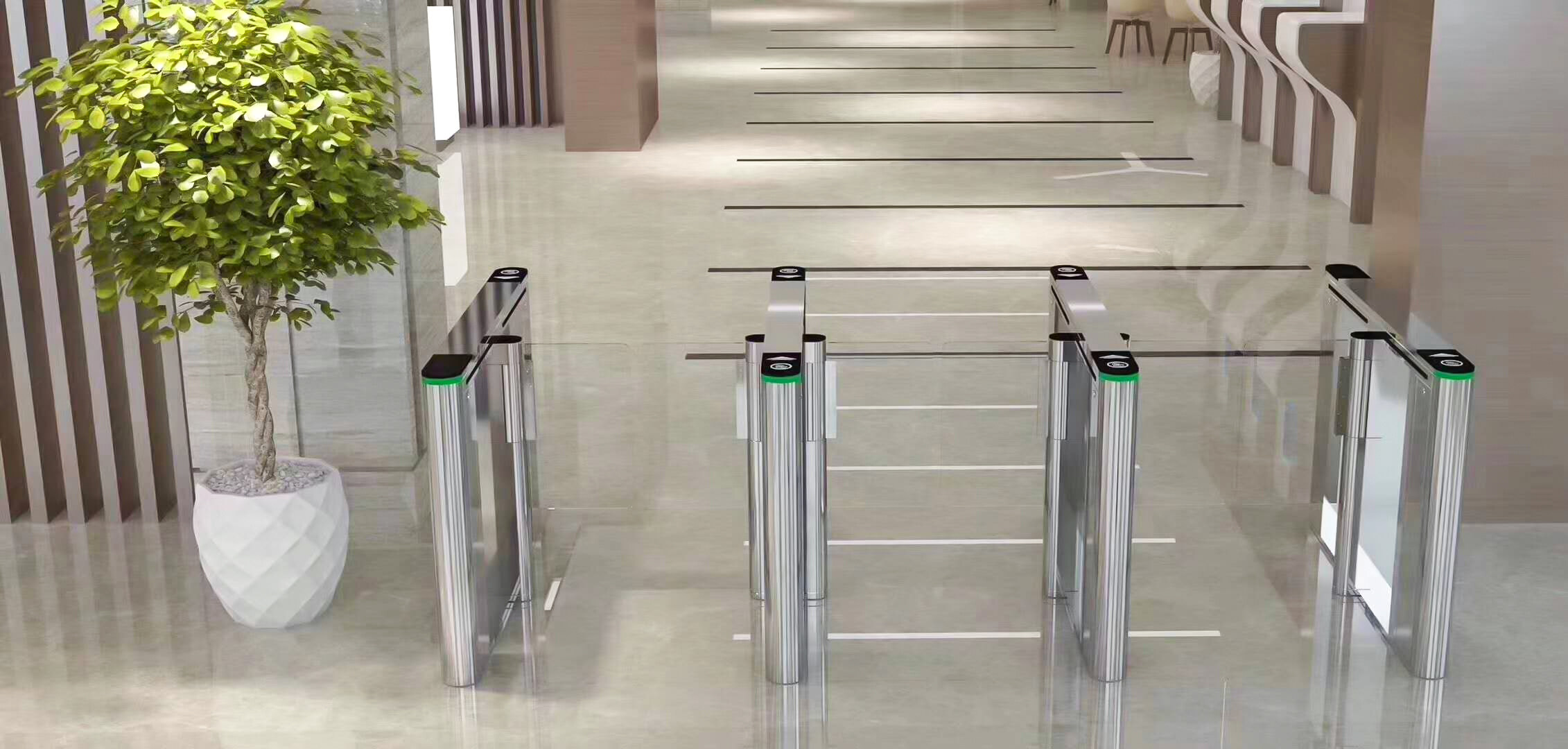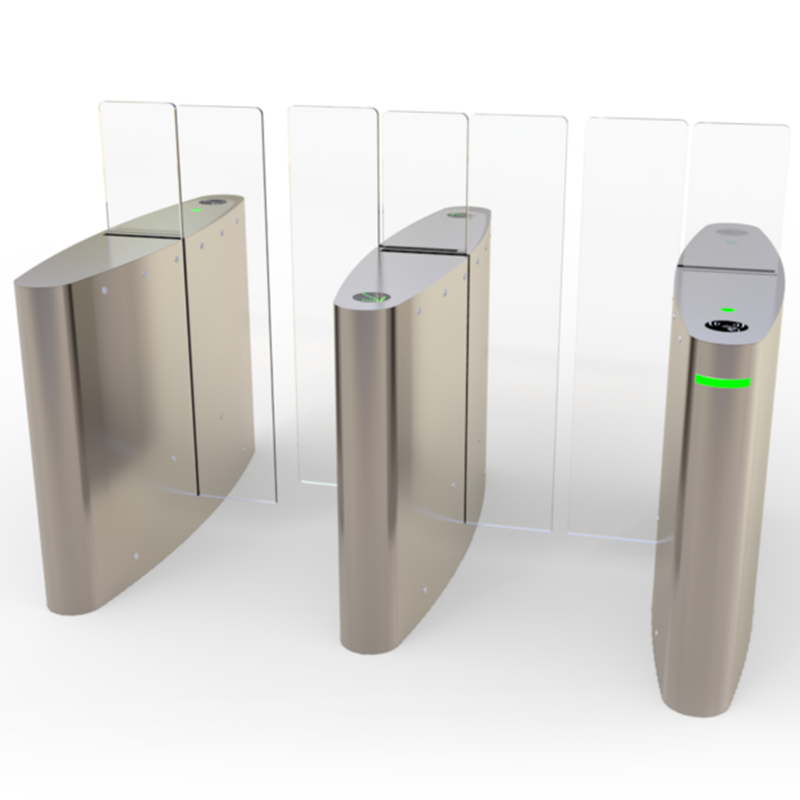Email format error
Email cannot be empty
Email already exists
6-20 characters(letters plus numbers only)
The password is inconsistent
Email format error
Email cannot be empty
Email does not exist
6-20 characters(letters plus numbers only)
The password is inconsistent


In today's fast-paced world, managing the flow of people in public spaces is a challenge that requires both innovation and efficiency. Whether it's at a bustling train station during rush hour, a corporate office building, or a sports arena on game day, the need to control and streamline pedestrian traffic has never been more critical. Enter the sliding turnstile bulk—an emerging solution that’s transforming the way we think about access control and crowd management.
Turnstiles have been around for over a century, initially designed to prevent unauthorized access and manage the flow of people in public places. The first turnstiles were simple mechanical barriers that rotated with the push of a person's body. These devices were effective in their time but came with limitations, such as the capacity to handle only one person at a time, leading to bottlenecks during peak hours.
As technology advanced, so did the design and functionality of turnstiles. The traditional rotating models gave way to more sophisticated systems, including optical turnstiles that use sensors to detect motion and allow entry without physical contact. However, these systems still faced challenges, especially in handling large crowds efficiently and securely.
Sliding turnstiles are the latest innovation in the evolution of turnstiles. Unlike their predecessors, sliding turnstiles use sleek, sliding panels that move horizontally to allow or restrict entry. This design offers several advantages over traditional models, making it an increasingly popular choice in various public spaces.
One of the most significant benefits of sliding turnstiles is their ability to handle a bulk of people efficiently. The sliding mechanism is faster and more intuitive than the rotating barriers, allowing multiple people to pass through quickly without compromising security. This feature is particularly valuable in high-traffic areas where speed and reliability are paramount.
When we talk about the sliding turnstile bulk, we're referring to the system's capacity to manage large volumes of people simultaneously. This bulk approach is crucial in environments where the seamless movement of people is necessary to avoid congestion and ensure safety. For example, during the morning rush at a subway station, the ability of a turnstile system to handle a bulk of commuters efficiently can mean the difference between a smooth operation and a chaotic situation.
Moreover, the bulk approach is not just about speed; it also enhances the overall user experience. Sliding turnstiles are designed to be more user-friendly, with wider entryways that can accommodate people with luggage, strollers, or even in wheelchairs. This inclusivity ensures that everyone can move through the space comfortably, reducing frustration and enhancing satisfaction.
While efficiency is a key benefit, security remains a top priority in the design of sliding turnstiles. These systems are equipped with advanced features such as biometric scanners, facial recognition, and integrated surveillance cameras, ensuring that only authorized individuals gain access. The sliding panels can be programmed to close instantly if unauthorized access is detected, providing an additional layer of security.
In scenarios where managing large crowds is essential—such as in airports, stadiums, or corporate offices—sliding turnstiles offer a perfect balance between speed and security. They can be easily integrated with existing security systems, providing a comprehensive solution that addresses both crowd control and access management.
Beyond functionality, sliding turnstiles also offer aesthetic benefits. Their sleek, modern design complements contemporary architectural styles, making them an attractive addition to any public space. Unlike the bulky, industrial look of traditional turnstiles, sliding turnstiles have a minimalist appeal that can enhance the overall ambiance of an area.
This aesthetic appeal is particularly important in spaces where the design and atmosphere are as crucial as functionality, such as in luxury hotels, museums, or corporate headquarters. The ability to blend seamlessly into the environment without sacrificing performance makes sliding turnstiles a preferred choice for many architects and designers.
As technology continues to advance, we can expect to see even more innovations in sliding turnstile systems. One emerging trend is the integration of AI and machine learning, which can enhance the system's ability to predict and manage crowd movements. For instance, AI-powered turnstiles could adjust their operation based on real-time data, such as increasing the speed of sliding panels during peak hours or redirecting people to less crowded entry points.
Another exciting development is the use of sustainable materials in turnstile construction. As the world becomes more environmentally conscious, there's a growing demand for eco-friendly solutions in all aspects of design and infrastructure. Sliding turnstiles made from recycled or sustainable materials could become a standard feature in green buildings and public spaces.
In conclusion, the sliding turnstile bulk is more than just a technological advancement—it's a game-changer in the world of access control and crowd management. By combining speed, security, and aesthetics, these systems are revolutionizing the way we move through public spaces. As we look to the future, it's clear that sliding turnstiles will continue to play a crucial role in shaping the environments of tomorrow, ensuring that we can navigate them efficiently, securely, and with style.